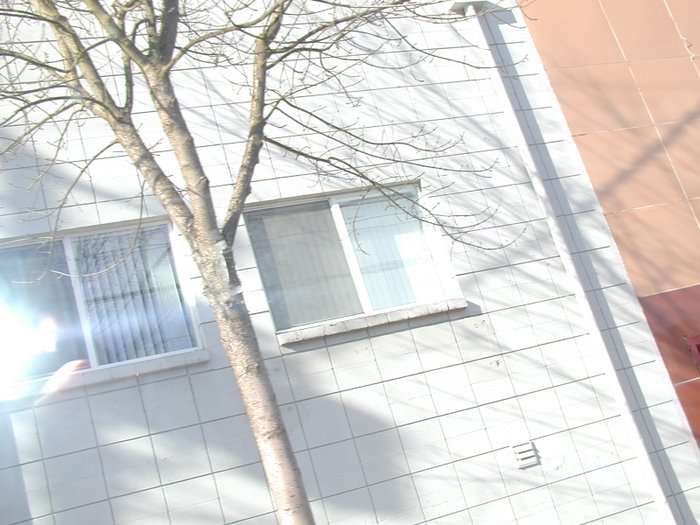
This is another one of those 'it was just a matter of time' things...
We've gone over how to crowdsource places and scenes, but not events. Well, here's a real world example in Scotland...
The Tennent's Mutual is a music festival with a quarter of a million $ budget (this can obviously be scaled smaller or larger depending on your market)... that its founders will allow music lovers to "shape, create and dictate gig provision - from selecting artists and debating locations to calling the shots on ticket prices."
Sponsored by Tennent's Lager, the 'crowdmanaging' opportunity is free, and its advisors include the likes of the Rolling Stones' Andrew Loog Oldham, so there goes the myth that this is only for college students.
Another one of the advisors, Stewart Henderson from Chemikal Underground, comments on the rengen-like impact, "This is a total watershed time that we're living in at the moment. It will change things completely--irreversibly. What Tennent's has done is they've effectively set themselves up as patrons. It's a positive thing as it allows things to happen that may not have otherwise."
Profits from this event will fund the next one. One can just see a viral loop network forming soon...




